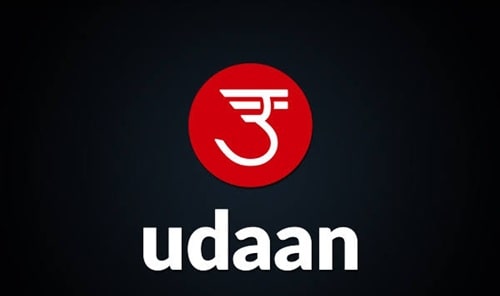Spotify is the largest audio streaming platform around the world. This platform is known for offering music, podcasts, and audiobooks to users, where users can listen for free with ads or pay for a premium subscription. The subscription helps users listen to music without advertisements, offline downloads, and better audio quality.
The company uses a freemium business model where the free tier is to attract a mass audience, whereas the premium tier is to convert those same users to better features. Over the last few years, Spotify has been focusing on improving profitability by growing its ad business, expanding podcasts, and increasing its subscriber base. In FY2024-25, Spotify achieved milestones in terms of subscribers and monthly active users and in revenue as well.
Here, we will understand how Spotify’s business model works, how it balances huge content, royalty costs, and their key source of revenue. Let’s get started:

How Spotify’s Business Model is Structured?
Spotify relies on two main user tiers: the first is a free, ad-supported tier, and the second is a paid premium subscription tier. The free tier helps users access music and podcasts, but there are ads in between, lower-quality audio, limited skips, and download restrictions. This tier helps in bringing a mass audience to this platform and becoming habitual of Spotify over any other platform.
In the paid tier, Spotify converts many of its free-tier users to premium through better features and quality options. No doubt that listening to ads while playing music or a podcast is annoying. Due to this reason, users opt for the premium plan, which helps in driving a steady revenue stream for fixed costs. However, there is another dimension of the content creator ecosystem along with diversified content types. Spotify also invests in all those things to keep the platform in demand for users.
| Company/Brand | Spotify Technology S.A. |
| Establishment Year | 2006 |
| Headquarters | Stockholm, Sweden |
| Founder/Owner | Daniel Ek & Martin Lorentzon; public company (NYSE: SPOT) |
| Industry | Audio Streaming / Music, Podcasts, Digital Media |
| Net Worth (2025) | ~ US$144.18 billion (October 2025) |
| Total Revenue 2025 | ~ €15.7 billion for full 2024; Q1 and Q2 2025 each about €4.2 billion; revenue growth ~15-16% year over year |
How Does Spotify Make Money?
Spotify is a big name in the music streaming and audiobook segment, and it relies on multiple sources to diversify its revenue so it can make enough for the fixed costs. Over the years, Spotify spent heavily in expansion to target emerging markets. Below are some key ways Spotify makes money:
1. Premium Subscription or Paid Tier
The premium tier or subscription model helps in making the most revenue for Spotify. On its platform, Spotify promotes premium plans to users as it is a steady stream. Subscribers get the benefit of no ads, offline listening, and higher audio quality with unlimited skips. But Spotify gets recurring revenue. There is also premium content that is locked behind a paywall for free-tier users, but if they get a subscription, they have access.
2. Advertising on Free Tier
The ad-supported segment of Spotify helps in bringing more users to the platform. This tier works best for people who don’t listen to music or audiobooks too often. However, Spotify gets to earn through ads played after every music or podcast. There are also display ads and video ads. This ad inventory is sold to advertisers. The key focus of the brand is to increase yield per ad. In simple words, Spotify focuses on higher CPMs through targeted ads, more ad formats, and so on.
3. Podcasts, Audiobooks, and Creator Payments
Spotify invests in podcasts and audiobooks as a growth segment. It provides creators with tools and shares revenue. For example, in Q1 FY25, Spotify paid out more than US$100 million to podcast/video creators across selected markets. These content business segments allow diversification of revenue, as ad revenue and subscription revenue don’t depend solely on music.
4. Geographic Expansion and Local Content
Over the years, Spotify has started expanding into new emerging markets to increase MAU, even if the ARPU is lower. Spotify can penetrate competitive markets through regional music, local podcasts, fresh content in regional languages, and through pricing adjustments for the local economy.
Financial Performance
In FY 2025 Q1, Spotify’s total revenue was about 4.2 billion Euros, which was up y 15% YoY. The subscriber count was around 268 million for premium users, with monthly active users of 678 million. The income from operations came to around 509 million Euros.
What’s New in 2025?
Spotify had its first full year of profitability in its history in 2024, with an operating profit of about €1.14 billion, with revenue ~€15.6-15.7 billion. The company is pushing more into podcasts, audiobooks, creator-monetization programs, and new ad formats. More effort to improve ad revenue. Also launching new features, improving content discovery, and user engagement.



